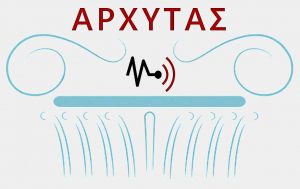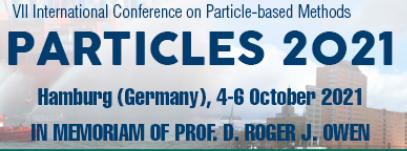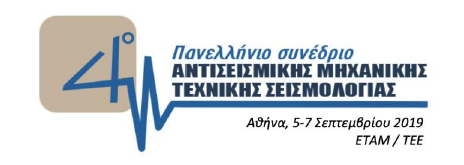Seismic risk assessment of the ancient Temple of Aphaia in Greece
Melissianos, V. E., Dasiou, M.-E., and Vamvatsikos, D., 2020. Seismic risk assessment of the ancient Temple of Aphaia in Greece, in Proceedings of the 17th World conference on Earthquake Engineering (17WCEE), 27 September – 2 October, 2020, Sendai, Japan (Hybrid Conference).
The protection of cultural heritage against natural hazards has attracted significant research efforts and funding during the last decades, recognizing its importance in humanity’s history and raising public awareness on this issue. In Greece, there are numerous monuments of antiquity, which have been exposed to environmental actions and consequently many of them are classified as deteriorating structures. Earthquakes pose a significant threat to the structural integrity of ancient temples and contribute to the accumulation of damage. The evaluation of the seismic performance of ancient temples is a complex computational problem as the marble structural elements, which are not rigidly connected, are subjected to rocking due to the seismic excitation.
Research on the seismic assessment of monuments is quite limited to the estimation of the structural behavior, thus excluding the incorporation of pertinent uncertainties. The aim of the study is to contribute to the seismic risk assessment of monuments of classical antiquity. The framework of Performance-Based Earthquake Engineering is applied, comprising of four successive and interconnected steps: (1) the European seismic source model is used to estimate the seismic hazard in terms of a scalar intensity measure, (2) the structure is modeled with a discrete element approach. The rocking and/or sliding of the individual stone blocks are accurately addressed by the software since, during the calculation, it locates each contact and computes the motion of each block from the forces that are developed at the joints. Results in terms of maximum displacements are obtained from the analysis and related to damage states. (3) the limit-state and the aleatory and epistemic uncertainties are defined for the determination of discrete damage states and the associated fragility curves, and (4) the seismic risk is calculated in terms of the mean annual frequency of exceeding each limit state. The aforementioned methodology is applied to a free-standing column and a colonnade of two columns with an architrave at the ancient Temple of Aphaia, located on the Greek island of Aegina and built between 510 and 470 BC, comprising a significant example of the Archaic architecture.




